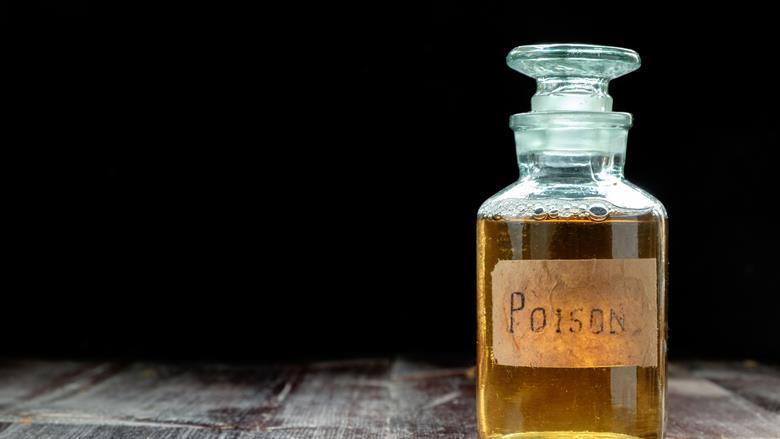The very mention of Cyanide brings shudder to everyone. Though it is a potent killer, it is one of the most important chemical groups in our day-today life and present in the human body as compounds.
Cyanide is a chemical compound that contains the group C≡N, known as the cyano group, consisting of a carbon atom triple-bonded to a nitrogen atom (Fig 1). In inorganic cyanides, the cyanide group is present as the anion CN−. Salts such as sodium cyanide and potassium cyanide are highly toxic. Hydrocyanic acid, also known as hydrogen cyanide, or HCN, is a highly volatile liquid that is produced on a large scale industrially can be obtained by acidification of cyanide salts.
Organic cyanides are usually called nitriles. In nitriles, the CN group is linked by a covalent bond to carbon. For example, in acetonitrile, the cyanide group is bonded to methyl (CH3 ). Because they do not release cyanide ions, nitriles are....

